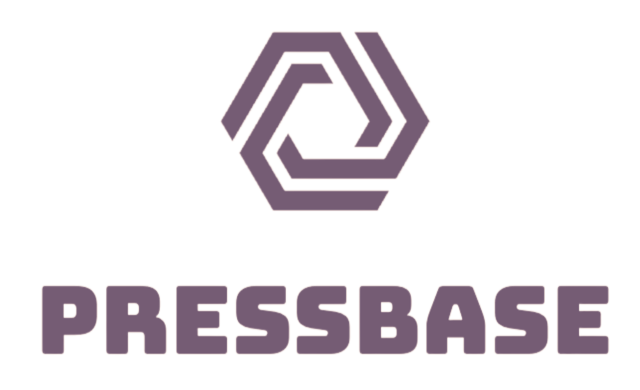Wholesale inflation in India, measured the Wholesale Price Index (WPI), has remained in negative territory for the sixth consecutive month as of September, according to official data released on Monday. This trend of negative inflation started in April this year and was also observed during the initial days of the COVID-19 pandemic in July 2020.
In September, wholesale inflation stood at (-) 0.26%, showing a decline from (-) 0.52% in August and (-) 1.23% in July, as reported the Ministry of Commerce and Industry. The decrease in prices of chemical and chemical products, mineral oils, textiles, basic metals, and food products compared to the same month in the previous year primarily contributed to deflation in September.
On October 12, the statistics ministry announced that headline retail inflation had reached a three-month low of 5.02% in September. The government releases wholesale price index numbers on the 14th of every month, compiled using data from institutional sources and selected manufacturing units across the country.
In October 2022, overall wholesale inflation was recorded at 8.39%, but it has been decreasing since then. Prior to September last year, wholesale price index (WPI)-based inflation had remained in double digits for 18 consecutive months.
Although retail inflation in India returned to the Reserve Bank of India’s desired range of 2-6% in September, it remained above the ideal scenario of 4%. Retail inflation in September was reported at 5.02%.
To combat inflation, the RBI has increased the repo rate a cumulative 250 basis points since May 2022, except for recent pauses. Raising interest rates is a monetary policy tool that is typically used to reduce demand in the economy and consequently lower inflation.
(With text input from ANI)

